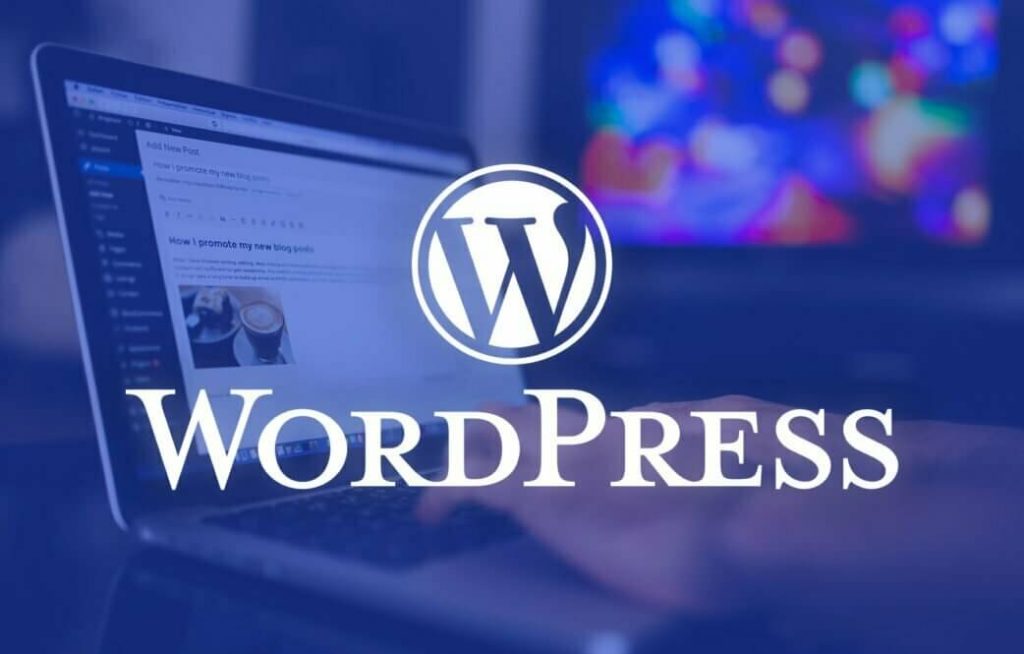The article discusses the differences between Posts and Pages in WordPress. Posts are used for articles that can be categorized and displayed on the homepage, while Pages are for single information not belonging to any category. Posts support categories and tags, while Pages support parent page-child page hierarchy and page templates. Posts are displayed in RSS feeds, while Pages are not. Understanding the differences between the two can help in using them correctly. It is important to choose the right type for the content you are creating to avoid confusion. Additional tips for free online courses on Online Business, Digital Marketing, and MMO are also provided.
In the previous articles, we discussed the features of "Post" and "Page." If you read the recent article on How to create a page in WordPress, you may have some understanding already. However, confusion still exists for many between "Post" and "Page," so let’s delve deeper into their differences.
Essentially, "Post" and "Page" are distinct concepts with different purposes. Let’s explore their commonalities and distinctions to better differentiate between the two.
What is common between Post and Page?
Both "Post" and "Page" fall under the category of "Post Type" in WordPress. Post Type refers to the type of content you can enter in the editor box on the admin page. WordPress defaultly defines two Post Types: "Post" and "Page." Additionally, WordPress offers the option to create Custom Post Types according to your preferences.
Furthermore, both "Post" and "Page" come with default features and hidden features in the "Screen Options" section when creating new content.
Differences between Post and Page
While there are a few similarities between "Post" and "Page," several differences exist in the features provided by WordPress. The purposes of use also vary between the two types of content.
Differences in features:
- "Post" supports categories and tags for classification, while "Page" does not.
- "Page" allows for parent page-child page hierarchy, a feature not available to "Post."
- "Page" supports Page Templates, which "Post" does not.
- Once published, a new "Post" automatically displays on the home page, unlike "Page," which needs to be added to the "Menu" or linked via "Widgets" to display outside the home page.
- "Post" is displayed in RSS Feeds, while "Page" is not.
Differences in intended use:
- Use "Post" for composing articles or news to be categorized and displayed on the homepage.
- Use "Page" for single informational content not categorized, such as introduction pages or contact pages. The content on a "Page" is usually static and rarely updated after publication.
In conclusion, understanding the differences between "Post" and "Page" is crucial for utilizing their features correctly. Using the right type of content for your intended purpose will prevent complications in editing content later on.
Remember, if you ever feel "awkward" because of a mistake, refer back to this article for guidance.
Tips: Check out the top 15 free courses on Online Business, Digital Marketing, and MMO at the KTcity platform. Explore now for valuable insights!
By following the semantic keywords provided, the content emphasizes the importance of distinguishing between "Post" and "Page" on WordPress, catering to readers interested in understanding the nuances of these content types.



